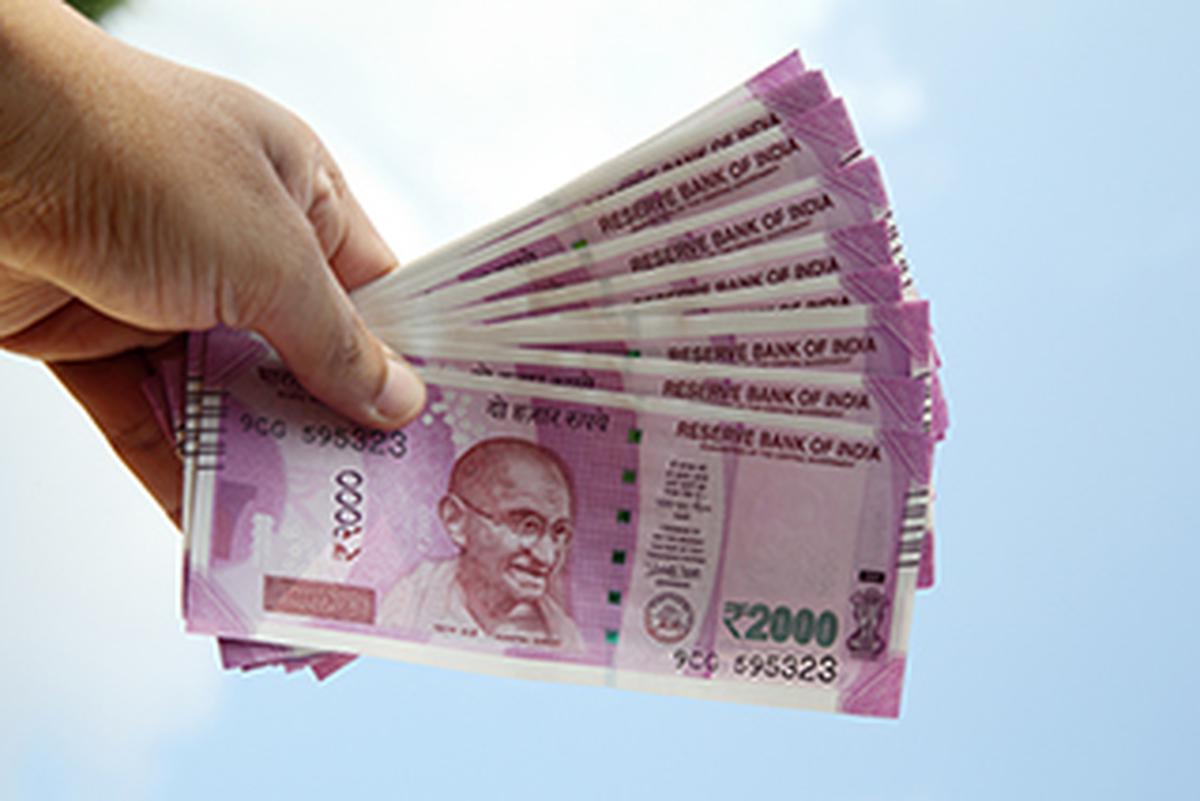
Introduction
Welcome to our comprehensive guide on deposits and exchanges Rs 2000 banknotes. In this article, we will provide you with all the essential information you need to navigate the process seamlessly. Whether you’re looking to deposit or exchange these banknotes, we’ve got you covered. Let’s dive in!
Understanding the Rs 2000 Banknote
The Rs 2000 banknote holds a significant value and is an integral part of India’s currency system. Introduced by the Reserve Bank of India (RBI) in November 2016, it aimed to facilitate high-value transactions and reduce the burden of carrying multiple lower-denomination notes.Featuring a vibrant magenta color, the Rs 2000 banknote incorporates various security features, including a watermark, a latent image, and an intaglio print to deter counterfeiting attempts. It is crucial to handle these banknotes with care to maintain their authenticity and usability.
Depositing Rs 2000 Banknotes
If you possess a surplus of Rs 2000 banknotes and wish to deposit them, follow these simple steps:
- Visit your nearest bank branch: Head to the branch where you maintain your account or any other authorized bank branch near you.
- Carry identification documents: Make sure to carry your identification documents, such as your Aadhaar card, PAN card, or passport, along with your bank passbook.
- Approach the bank teller: Inform the bank teller about your intention to deposit the Rs 2000 banknotes. They will guide you through the necessary steps.
- Fill out the deposit form: Complete the deposit form accurately, mentioning the denomination, quantity, and any other required details.
- Submit the banknotes: Hand over the Rs 2000 banknotes to the bank teller, who will verify them for authenticity and accept your deposit.
- Obtain a receipt: Once the deposit is processed, ensure you receive a receipt as proof of the transaction.
By following these steps, you can deposit your Rs 2000 banknotes securely and efficiently.
Exchanging Rs 2000 Banknotes
In certain circumstances, you might need to exchange your Rs 2000 banknotes for lower denominations. Here’s how you can proceed:
- Visit a bank branch: Locate a bank branch near you that offers currency exchange services.
- Carry identification documents: Bring along your identification documents, such as your Aadhaar card, PAN card, or passport.
- Approach the bank teller: Inform the bank teller about your intention to exchange the Rs 2000 banknotes. They will guide you through the process.
- Provide necessary details: Fill out the required forms, providing accurate information regarding the banknotes’ denomination and quantity.
- Submit the banknotes: Hand over the Rs 2000 banknotes to the bank teller for verification and exchange.
- Receive lower denominations: Once the bank verifies the banknotes, they will provide you with an equivalent value in lower denomination notes.
- Collect the receipt: Ensure that you collect a receipt as proof of the exchange transaction.
Following these steps will enable you to exchange your Rs 2000 banknotes for lower denominations as per your requirements.
Conclusion
In conclusion, deposits or exchanges Rs 2000 banknotes is a straightforward process that can be completed at authorized bank branches. By familiarizing yourself with the steps outlined in this guide, you can confidently deposit or exchange your Rs 2000 banknotes without any hassles.Remember, it is essential to handle these banknotes with care and maintain their authenticity. The Indian government and the Reserve Bank of India have taken several measures to ensure the security of the Rs 2000 banknotes. By adhering to the guidelines provided, you can ensure a smooth transaction while maintaining the integrity of these high-value banknotes.It’s worth noting that the process of depositing and exchanging Rs 2000 banknotes may vary slightly from bank to bank. Therefore, we recommend contacting your specific bank or visiting their official website for the most accurate and up-to-date information.







